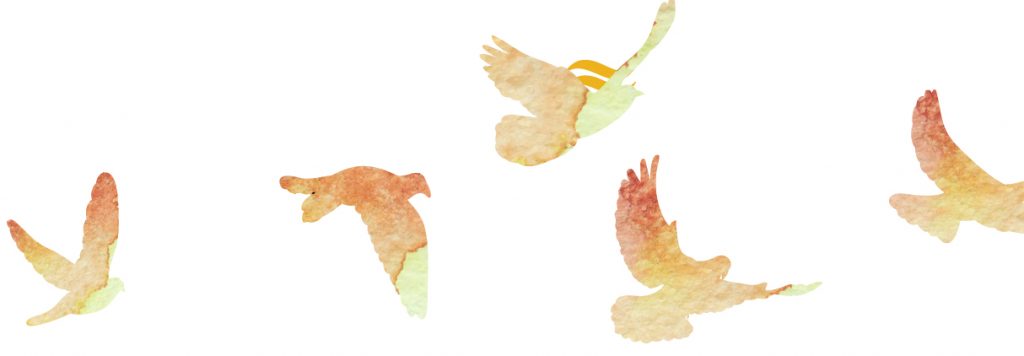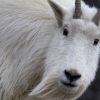Rethinking our goals for ecosystem conservation
Natural resource managers strive to keep ecosystems functioning on their own. When nonnative species are present, the standard management approach is to remove them in order to restore the ecosystem to historical, baseline conditions. This reflects our general sense that, whenever possible, we want to keep ecosystems intact. In other words, keeping ecosystems “intact” involves keeping out things that do not belong.

Managers and scientists are starting to recognize, however, that the challenges associated with eradicating nonnative species can be resource intensive and expensive, often necessitating ongoing management requirements that never quite succeed.
As rates of biodiversity plummet due to a range of threats, including competition from nonnative species, there is a growing recognition that, in many cases, there is no going back. Restoration to historical baseline conditions is simply not a realistic goal for many ecosystems.
In response, scientists are working with managers to look for new approaches to nonnative species. And while most conservation biologists still eschew all nonnative species, some are now arguing for a more nuanced approach. In his essay “Do Native Birds Care Whether Their Berries Are Native or Exotic? No.,” Macalester College professor Mark Davis argues that “as we enter the second decade of the twenty-first century … the native-nonnative paradigm is losing its value, and is often an impediment, in the conservation and restoration world.” Instead, he notes instances in which nonnative species are playing new and much needed roles.
Focusing on birds and berries, Davis gives nonnative honeysuckle (Lonicera spp.), present throughout forests in the eastern United States, as a primary example. In those forests, honeysuckle actually helps native berry-producing plants disperse fruit. This situation is referred to as the “car dealership effect.” In the analogy, competing car dealerships cluster together in order to attract large numbers of customers. Honeysuckle creates a large “dealership” and therefore a proximity hub, attracting seed-dispersing birds and benefiting nearby native berries that get in on the action.
To think more productively about the role some nonnative species now play, Richard Hobbs, Eric Higgs, and other practitioner-scholars have proposed the concept of “novelty ecosystems.” Generally speaking, a novelty ecosystem is one that, by virtue of human influence, differs from what prevailed historically but still works just fine. In other words, it functions as a self-organizing ecosystem while also manifesting novel characteristics that were not historically present.
An example can be found in the Florida Everglades. The endangered Everglade snail kite (Rostrhamus sociabilis plumbeus) feeds almost exclusively on snails—historically on native apple snails (Pomacea paludosa) to be exact. Recently, one of the world’s most invasive species, the apple snail Pomacea maculata, established in portions of the Everglades and is outcompeting the native snails. These invasive snails are typically much larger than the native snail and provide an abundant food source for the endangered bird.
Even designed, human engineered ecosystems merit reexamination in a world beyond baseline. New Mexico’s Rio Chama, the largest upper tributary to the Rio Grande, provides an example. The Rio Chama is unique in that it has more water in it these days than it did historically. This is because New Mexico diverts water from the Colorado Basin into the Rio Chama as part of its trans-basin diversion of water under the Colorado River Compact.
Brown trout (Salmo trutta), intentionally introduced from Germany in the 1800s throughout the United States, are thriving under these conditions. These nonnative trout are sometimes in conflict with native species, yet they also provide a valuable fishery and a basis for recreation and tourism for many communities. The brown trout fishery in New Mexico’s Rio Chama is actually protected as part of a federal Wild and Scenic River designation and supports a robust angling economy.
Recreational boating is also benefiting from the extra water, which is mainly released to downstream farmers and the communities of Albuquerque and Santa Fe during the summer weekends. The high flows allow for permitted white water rafting. Both the extra water and the brown trout are new, human-induced additions to the ecosystem—but does it follow that they do not belong?
The world as we humans have known it is just that—a relatively short snapshot in geological time. Defining baseline conditions for ecosystems is an anthropocentric project, work conducted by humans since we’ve been paying attention. Which is not to say that this cannot be useful, only that baseline conditions are now—and have always been—limited in their capacity to inform the types of complex and often contentious decisions natural resources managers have to make. Increasingly, managers need to anticipate how species will adapt to anticipated future conditions that may bear little resemblance to the past. In such instances, nonnative species may be evaluated, not by referring to the past, but instead by anticipating the ecosystem dynamics of the future.
By Melinda Harm Benson
Melinda Harm Benson is associate professor in the Department of Geography and Environmental Studies at the University of New Mexico and recently served as dean of the Haub School of Environment and Natural Resources, publisher of this magazine.


